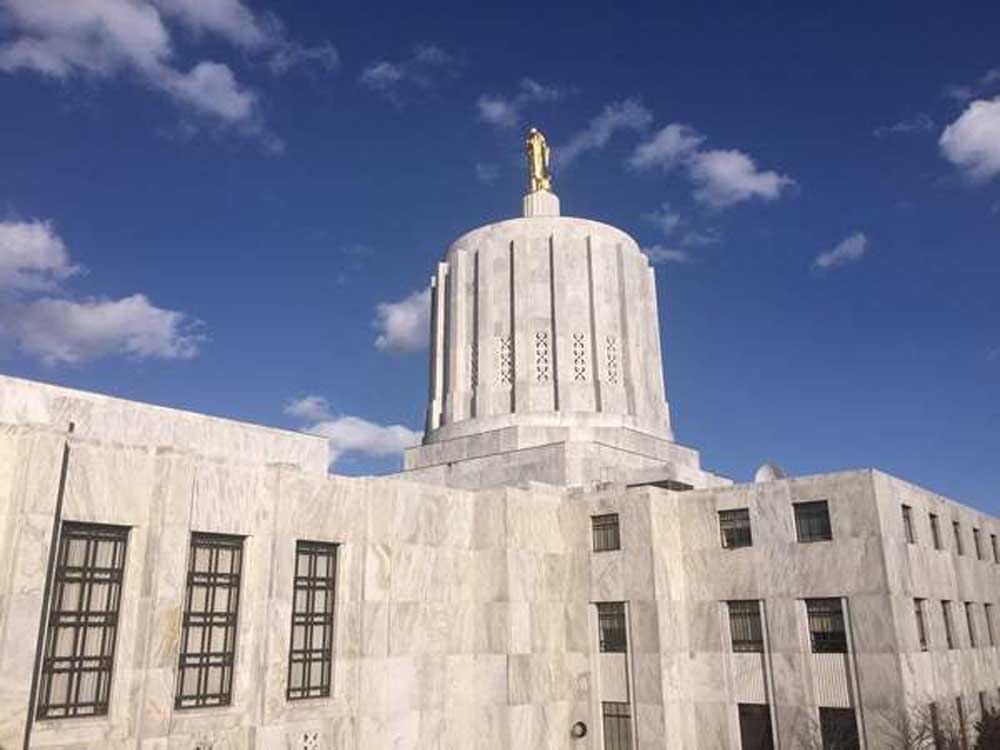Brown, Buehler eye Medicaid funding gap
Published 3:53 pm Friday, September 7, 2018

- Voters in Oregon gave Democrats supermajorities in both the Senate and the House, making it easier for them to pass legislation considered more partisan such as tax increases or restrictions on carbon emissions.
SALEM — As the state stares down an $830 million funding gap in the state’s Medicaid program, both gubernatorial candidates say they want to find a long-term funding solution.
The Oregon Health Plan is jointly funded by the state and federal government and provides coverage to low-income Oregonians and other qualifying groups. About a million Oregonians are OHP members.
Oregon voters approved the Legislature’s plan for temporary funding for the program, Measure 101, in a special election last January.
However, many of the revenue sources in that legislation are expiring next year, and even if renewed, could not cover the entire anticipated shortfall. The shortfall is due to a number of factors, including declining federal financial support for people who gained eligibility under the Affordable Care Act.
A number of revenue options and cost cutting measures have been suggested by a special work group focused on financing OHP, led by the governor’s senior health policy adviser, Tina Edlund.
Potential revenue sources include a tax on ambulatory surgical centers, a tax on medical claims, a tax on employers whose workers are on OHP, and increasing an existing assessment on certain large hospitals.
Although the work group does not want to cut eligibility or benefits for the program, it is also looking at ways to contain costs.
Gov. Kate Brown, a Democrat, is fending off a challenge this November by State Rep. Knute Buehler, R-Bend.
Brown’s health policy plan, released Friday, makes clear, among other priorities, that she wants to expand access to health insurance coverage and do so by “optimizing federal funds, funding the program from a broader revenue base and providing a longer and more stable funding timeline.”
Buehler, an orthopedic surgeon, said in his July health care platform that he wanted “stable, long-term and broad-based” funding for the program.
“Knute believes that providing low-income Oregonians with health care and fully funding Medicaid is a value that we all share,” Monica Wroblewski, a spokeswoman for Buehler, said in a statement Friday. “He is open to a discussion about the best way to accomplish this, but any solution should be balanced, equitable and permanent. And we should start by making the current hospital assessments permanent.”
A spokeswoman for Brown said in an email that some of the potential revenue options, laid out in a July 13 work group presentation obtained by the EO/Pamplin Capital Bureau this week, were mutually exclusive, so all nine options listed in the presentation are more like a menu of options and would not all be deployed at the same time.
Some of the potential revenue sources, such as a tax on vaping, echo some of the funding ideas floated by opponents to Measure 101, who sought alternative revenue sources to the Legislature’s funding plan.
Measure 101 asked Oregonians whether to affirm or overturn a set of temporary assessments on health care providers to fund the Oregon Health Plan. Voters affirmed the legislature’s plan by a wide margin.
“I think there’s been a pretty clear statement from the people of Oregon that everybody needs to come to the table and figure out a way to pay for this, and supported Measure 101 overwhelmingly,” Sen. Elizabeth Steiner Hayward, D-Beaverton, a family physician, said. “So I think that’s been a good motivator for all of the parties to come to the table in good faith as we negotiate this.”




